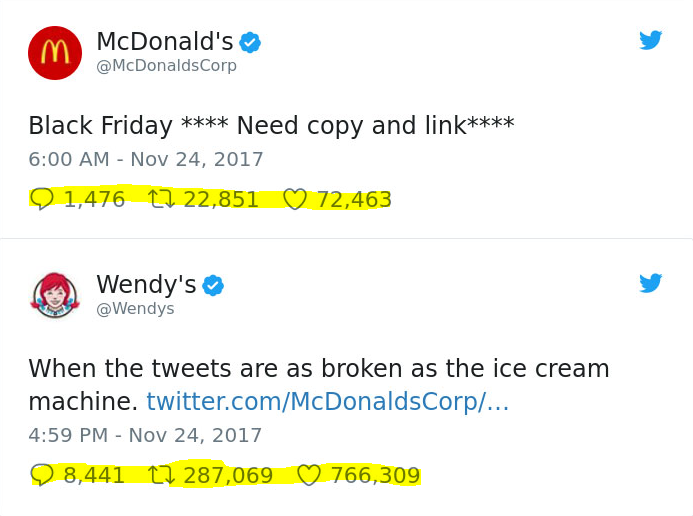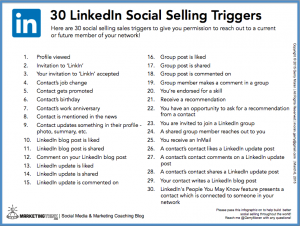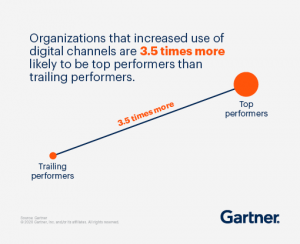Have you ever heard someone call a soda a Coke, or a bandage a Band-Aid, even if the product was off-brand? Odds are, you have. The reason people use the names of companies when they are speaking about specific products is due to brand awareness.
Simply put, brand awareness signifies how familiar your target audience is with your company. For example, many of us grew up with classics like Coca-Cola, so it makes sense that many people call most dark sodas Cokes. If you can increase awareness, it’s possible to reach more consumers through your campaigns and through other popular marketing channels.
Establishing awareness is essential to the success of your business. You don’t want to spend a ton of time creating marketing material for your target audience if potential customers won’t see your promotion because they don’t know your company exists.
Today, we are going to show you how to increase brand awareness on your website and through social media. Our tips will help you get more people to engage with your company, which results in more social engagement, trust-building opportunities, and sales.
Put Your Brand Personality on Display
When you meet someone new, you spend time getting to know their likes and dislikes, as well as their hobbies and personality traits. Believe it or not, many consumers get to know brands in a very similar way. Companies with unique personalities tend to draw in customers.
One excellent example is the fast-food chain Wendy’s. The team running this account took a sassy approach and proceeded to crack jokes on other food places while promoting their products a few years ago. Here’s one example of one of the company’s viral tweets.

Take a look at the engagement ratio for these two posts. McDonald’s lackluster campaign pulled in about 1.5k comments, 22k retweets, and 72k likes. Now, compare those numbers to the engagement on Wendy’s reply. The engagement ratio isn’t even close, with Wendy’s response getting literally over 100x more interactions.
While this isn’t the most polite way to act, it goes to show that personality works. After Wendy’s Twitter account opted for the sassy personality, the brand experienced a 49.7% growth in sales.
You can put your brand personality on display through your website and social media profiles. On your website, include a page that tells your brand story. Include company goals and values, so first-time visitors can learn more about your company.
On social media, ensure that your posts all use a consistent tone and format. You want consumers to see posts from your brand as a post from a close friend. Consistency is essential when offering products and services, but it’s also crucial for spreading brand awareness.
Engage with Consumers Often
We can’t stress the importance of engagement as it relates to brand awareness. You don’t want to become known as the business that only reaches when trying to secure a sale. This is not a good look and will give people the wrong ideas about your brand personality and intent.
Instead of only reaching out when you want to increase sales, engage with customers even if it doesn’t mean you’ll see a direct sale from the conversation. Social media is a great place to start. Over 80% of internet users have at least one social media account, and that number is only increasing every year.
You can communicate with your target audience, even if they are not aware of your brand, using social media. We like using Facebook to spread brand awareness. We started our own group that helps consumers with their business sites with free advice and resources, and the results were shocking, to say the least. We’ve accumulated thousands of new qualified leads over the last few months, and many of those new prospects found us through our Facebook group.
When you consider that over 2 billion people use Facebook, it’s easy to see why business owners and marketing teams pivot to this social media platform first.
You do have other engagement options in the social media landscape. Twitter and Instagram are excellent places to start conversations with consumers through industry-specific hashtags. Use these opportunities to get consumers familiar with your company without directly asking for their billing information.
You’ll find that people will happily visit a website and consider buying a product if they get help and engagement for free. Spend time conversating with consumers on the various social media channels your business uses, and you will a sharp increase in brand awareness.
Develop Your Blog
The content you post on your blog and relevant landing pages will have a significant impact on awareness. Consumers expect businesses to publish targeted content that addresses questions, concerns, or expectations of your visitors.
When you publish blog content, you’re giving users a reason to land on your website that doesn’t involve pulling out their credit cards. While this initially might not sound ideal, think about it a little more. If someone is on your website and can get help for free from your content, they are likely to come back again for a repeat visit.
Since most people consume 3-5 blog posts before buying a product, you want users to come back to your site multiple times, even if they are not immediately ready to make a purchase.
So, you get the added benefit of getting people who know about your brand to stay on your site longer, which contributes to brand awareness. But the benefits don’t stop there.
Producing helpful content with long-tail keywords also means you’re optimizing your site for search. In other words, when people who don’t know about your company search keywords you’re targeting in your blog content, there’s a better chance that they will see one of your posts on Google. Through this method, many consumers will discover your brand for the first time.
We know this strategy works because a whopping 72% of marketers say that content creation is the most effective SEO tool they have in their toolbelt. In other words, without their blog, they would likely see a drop in awareness and engagement.
Create Appropriate Offers
Finally, we want to talk about how the offers you make can directly impact brand awareness. This last tip will play out differently depending on the type of business you own.
Marketing teams and leaders in charge of SaaS companies should consider creating a freemium version of their product. In other words, let consumers download a basic, no-frills version of your software. Don’t forget to highlight features the user can unlock should they choose to upgrade.
This strategy spreads brand awareness because most people look for free software, especially if they want to try multiple programs before committing to an annual membership. In this situation, the user will want to try your software for free. A freemium download ensures they get the opportunity to see what makes you great, all while getting more exposure to your brand.
Ecommerce storefronts, on the other hand, should focus on offers free lead magnets and limited-time promotions to users. When creating eCommerce coupons, you must think about your target audience’s goals, even if they don’t know you exist. Develop offers that help users achieve these goals, and you’ll see more people discovering your site and engaging with your brand.
Back to You
Now, you have the tools you need to spread brand awareness and grow your business. It’s worth noting that you probably won’t see tremendous growth overnight. Instead, spreading brand awareness is a slow-burn strategy that escalates with time and maintenance. Use the tips we mentioned today to connect with your audience and build shopping experiences they won’t soon forget.
Business & Finance Articles on Business 2 Community
(21)






